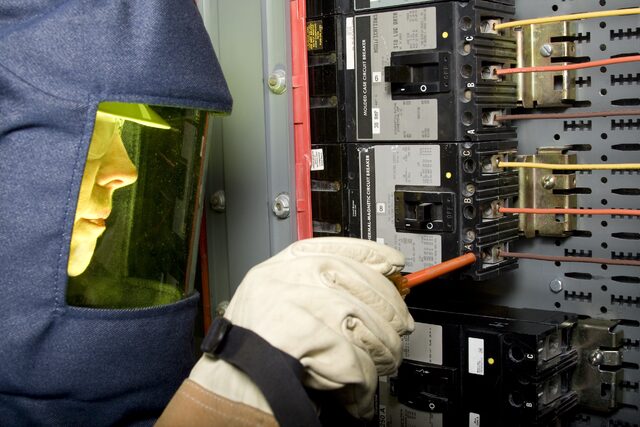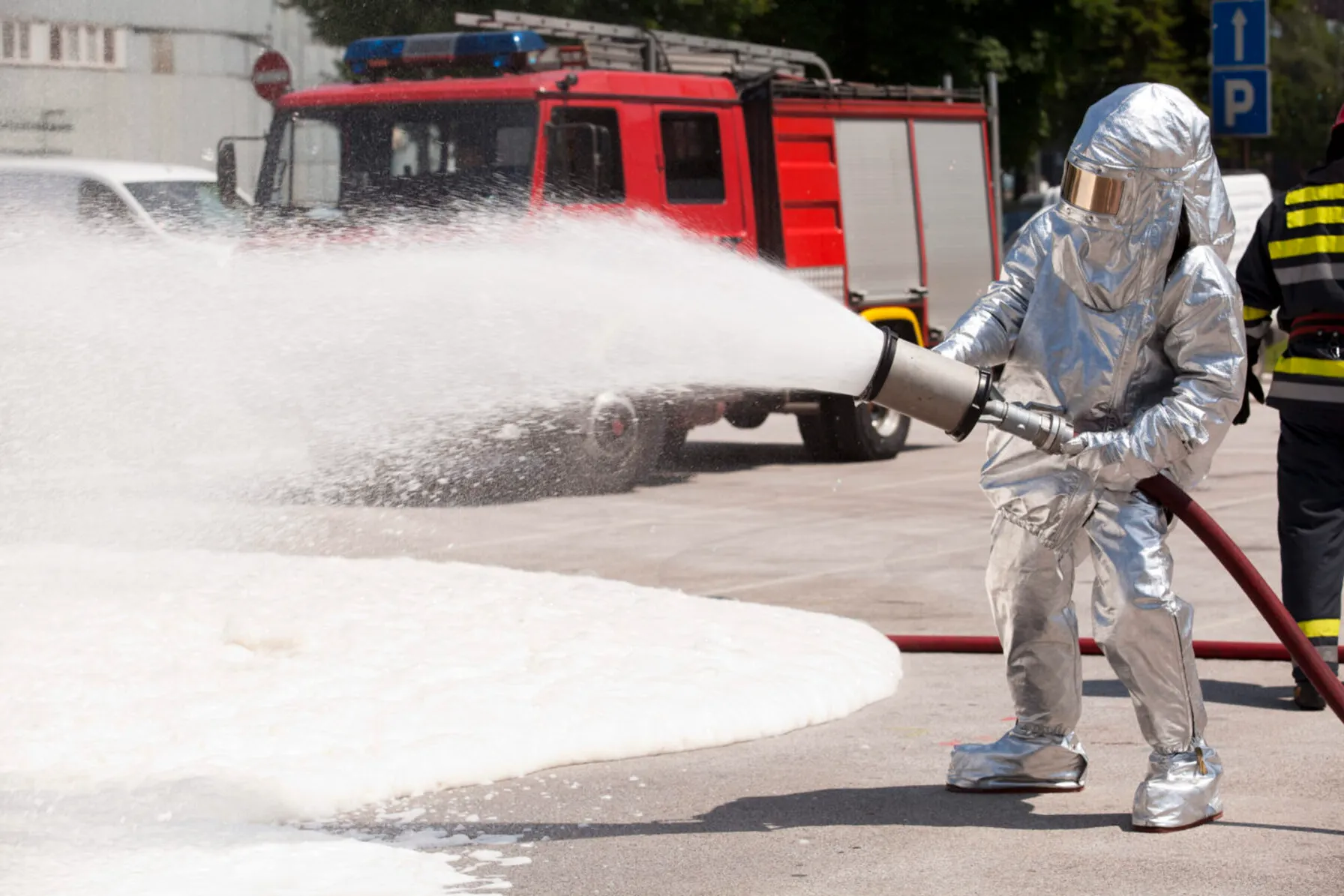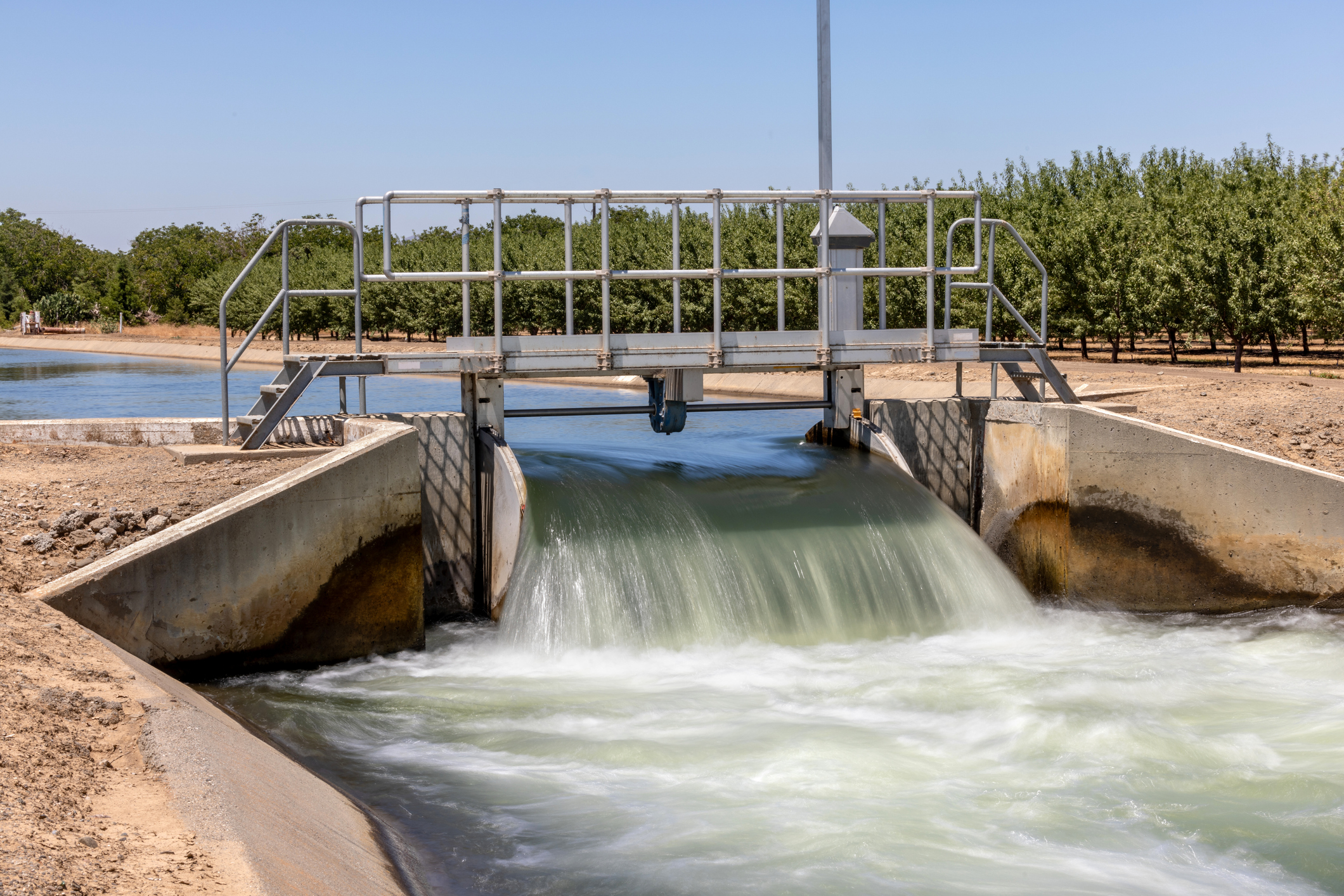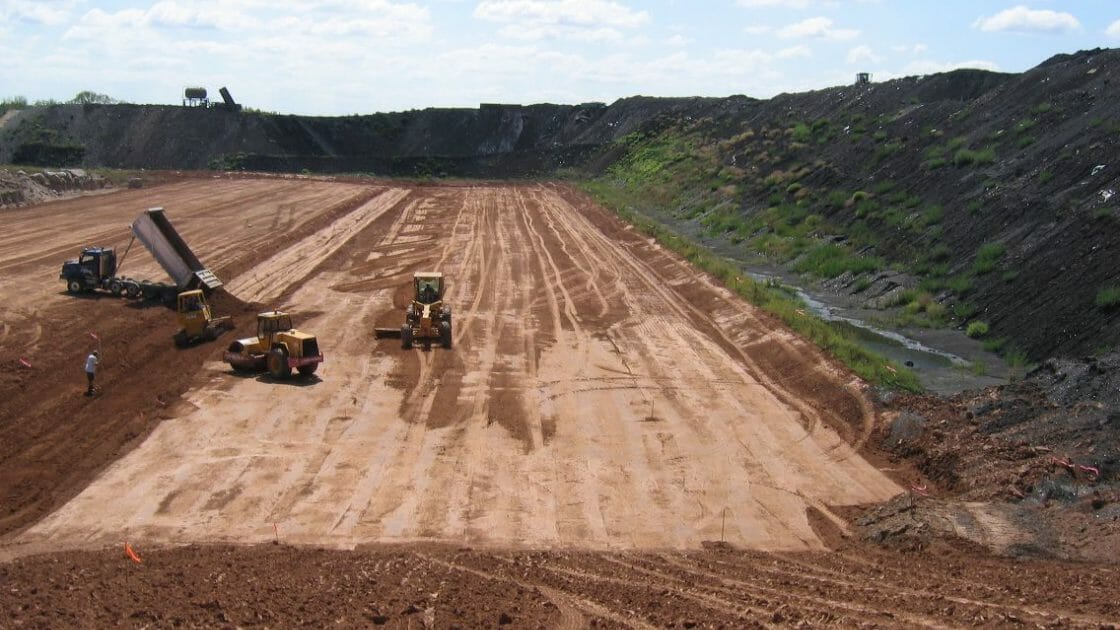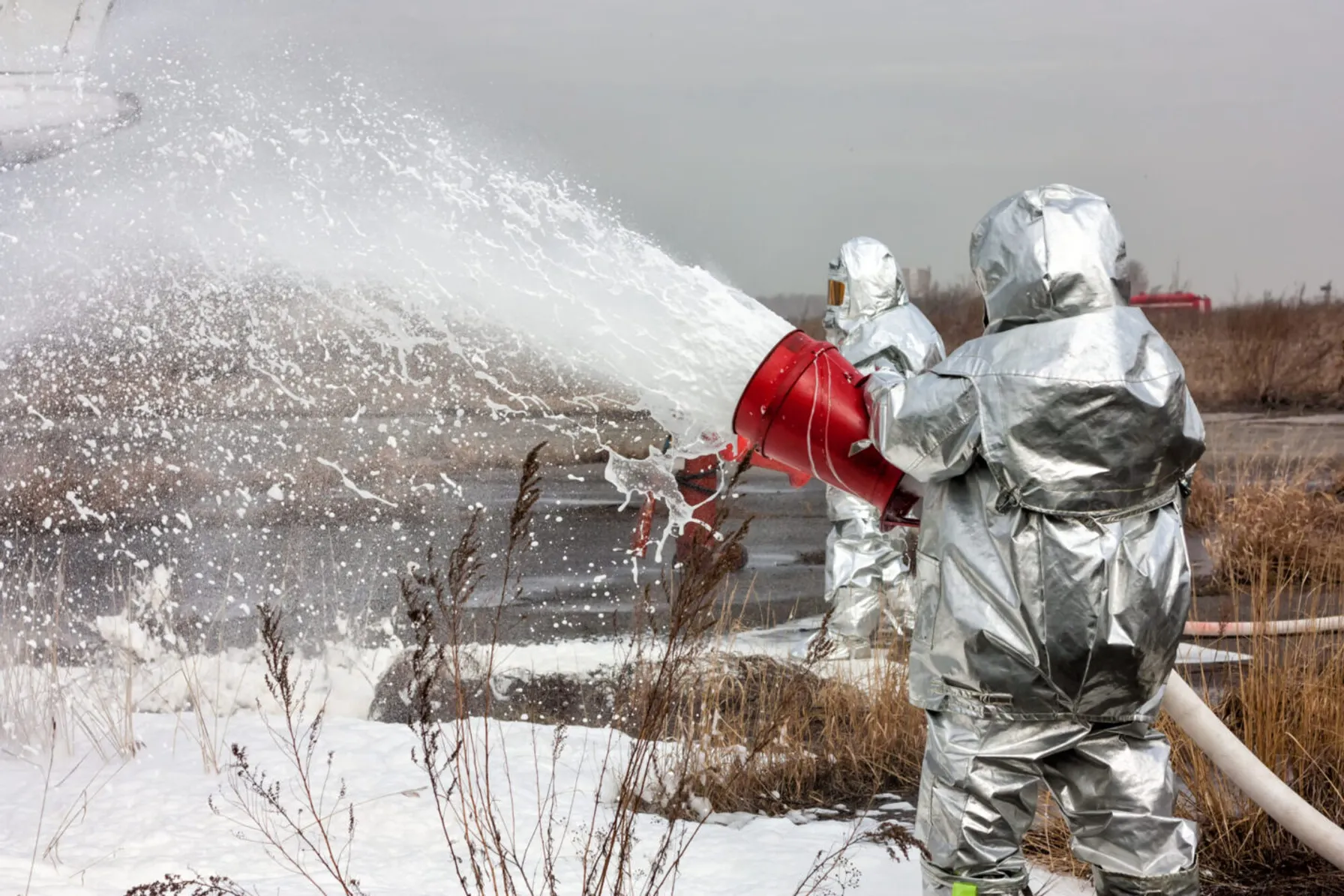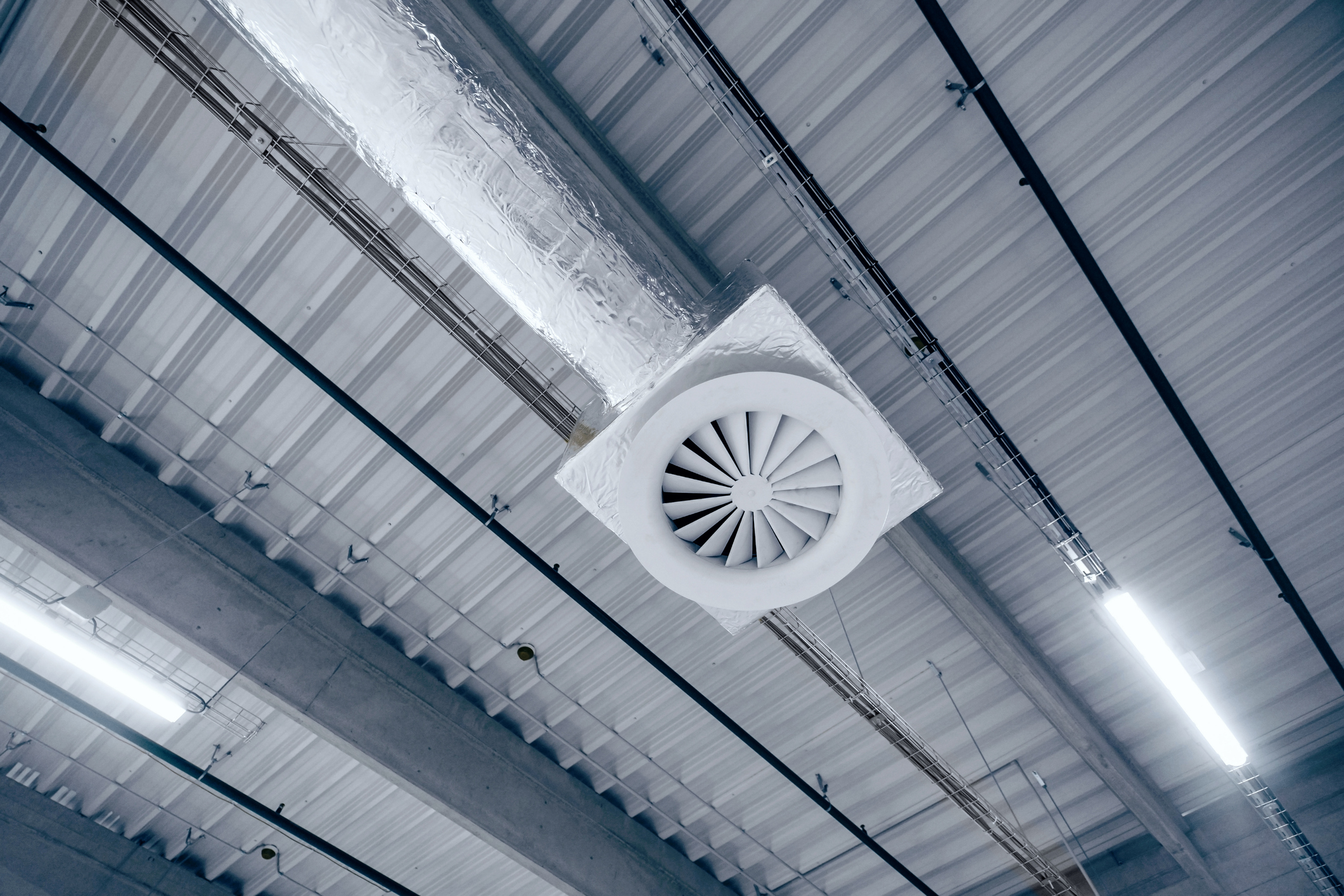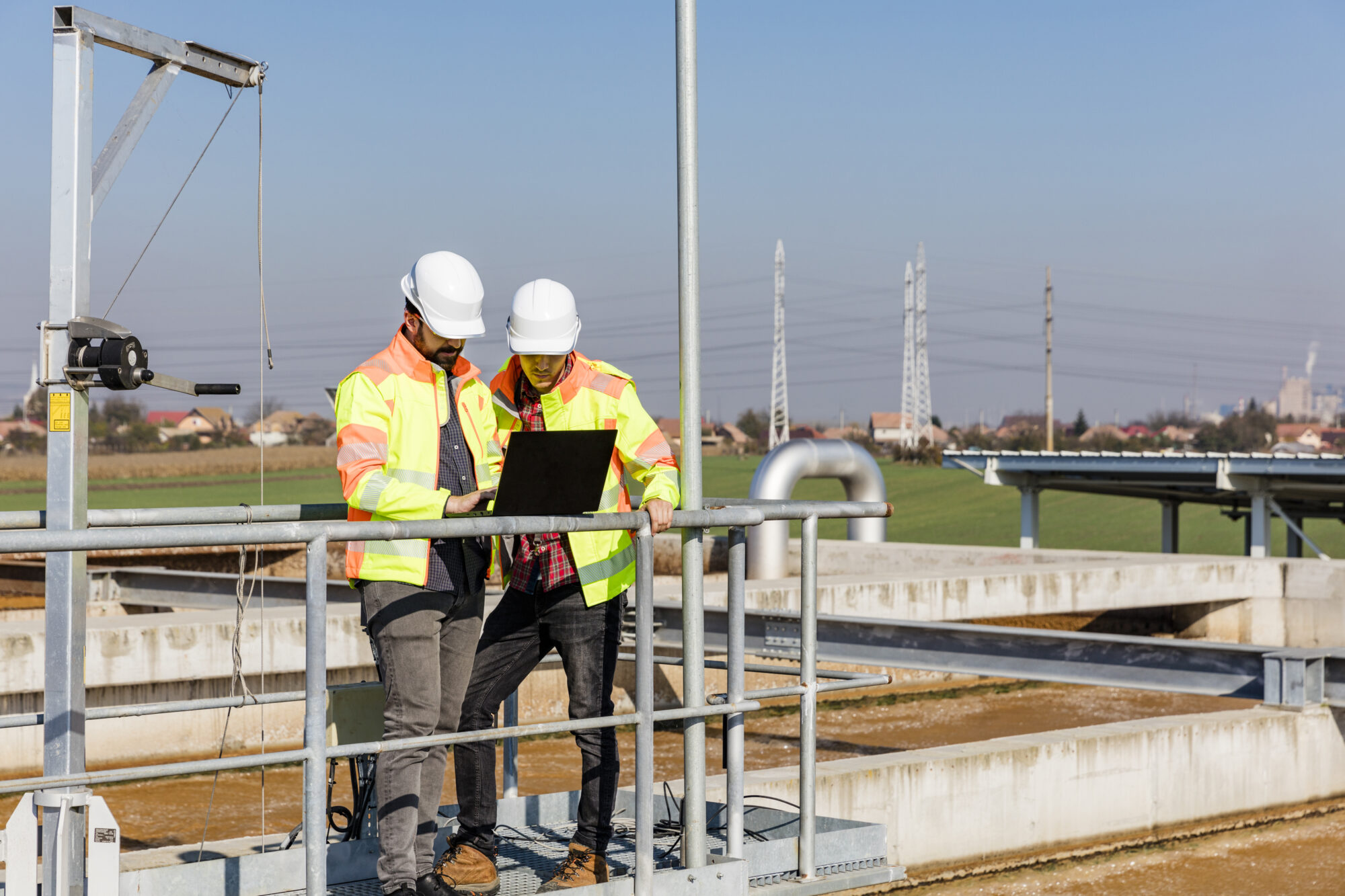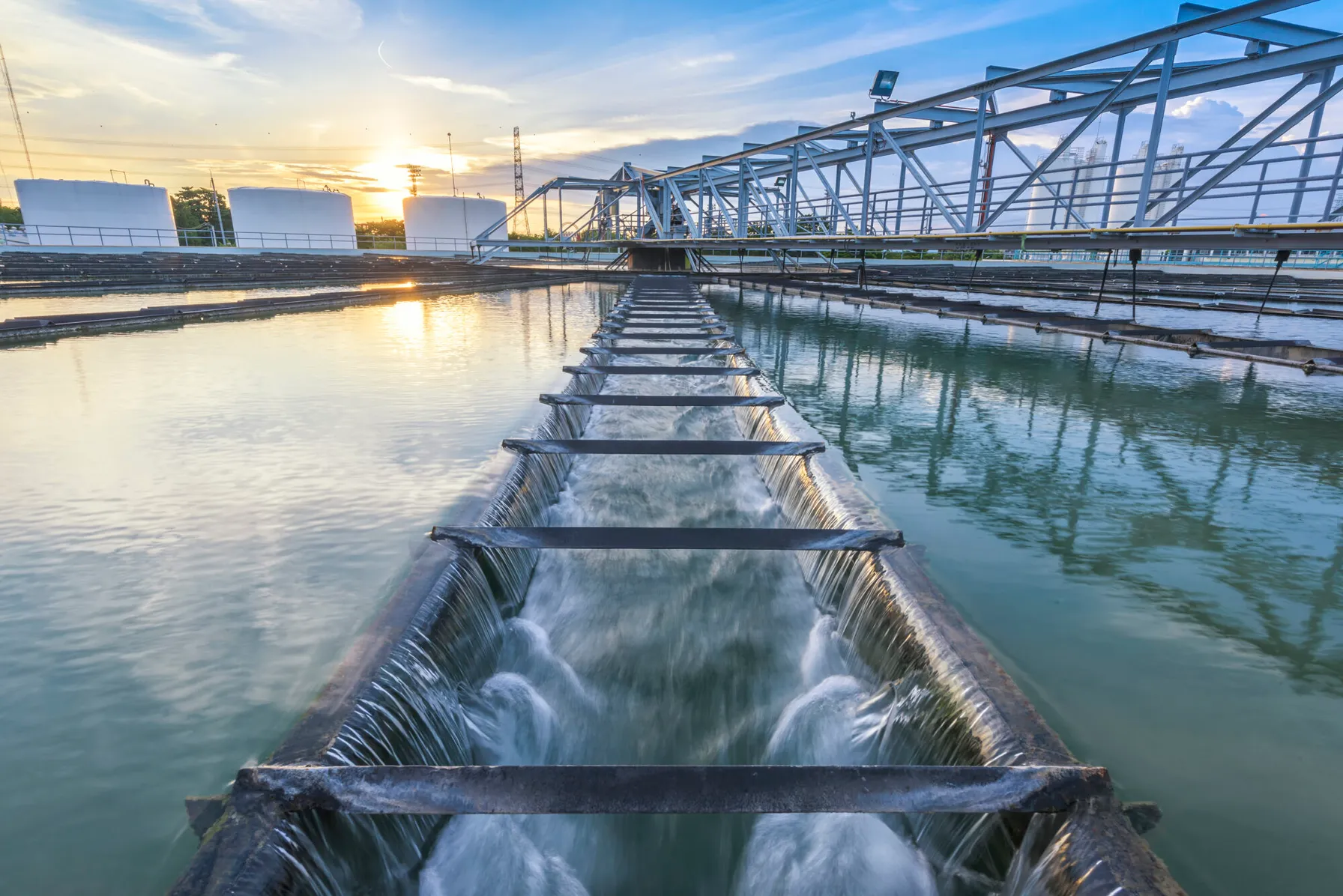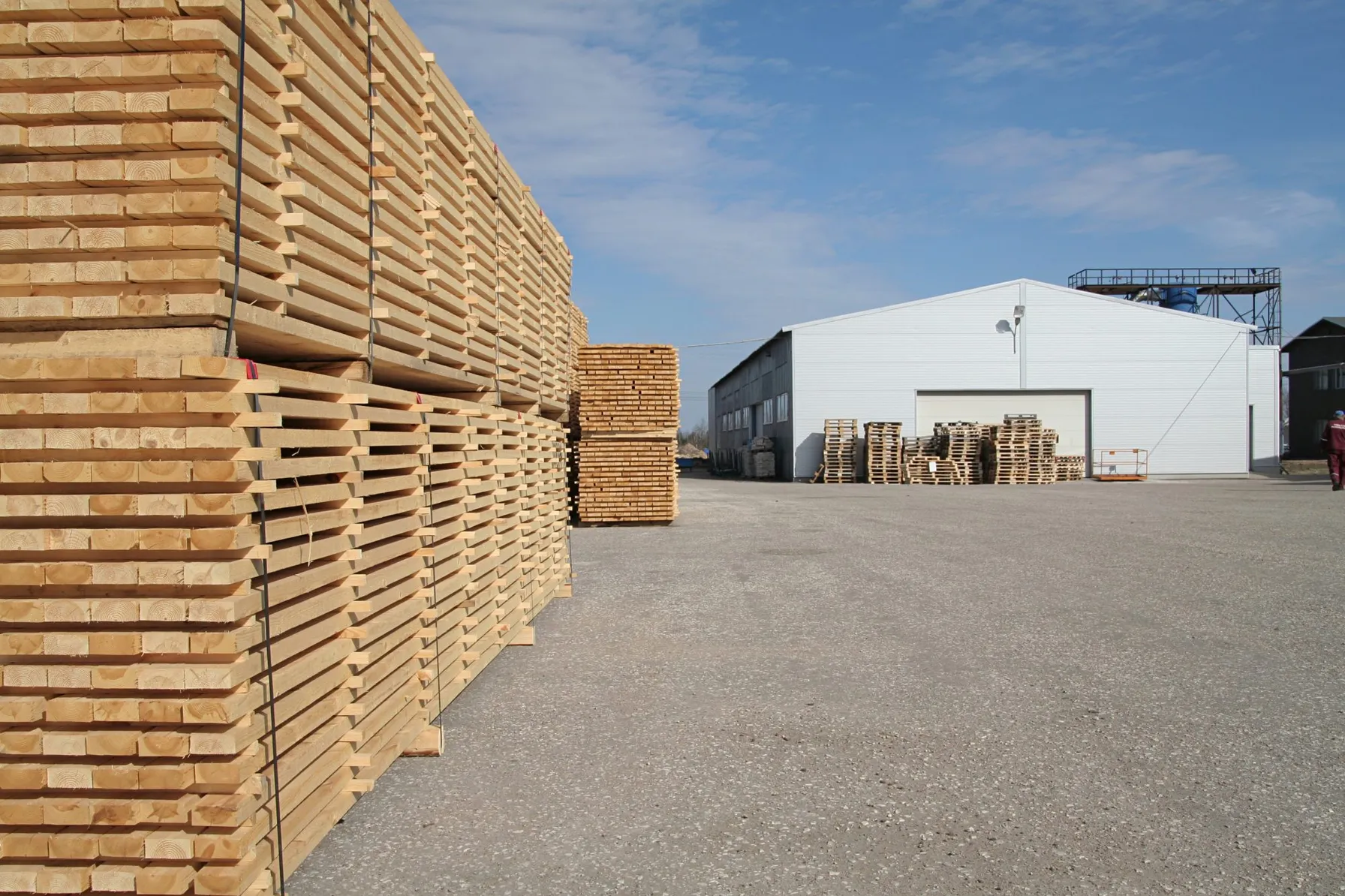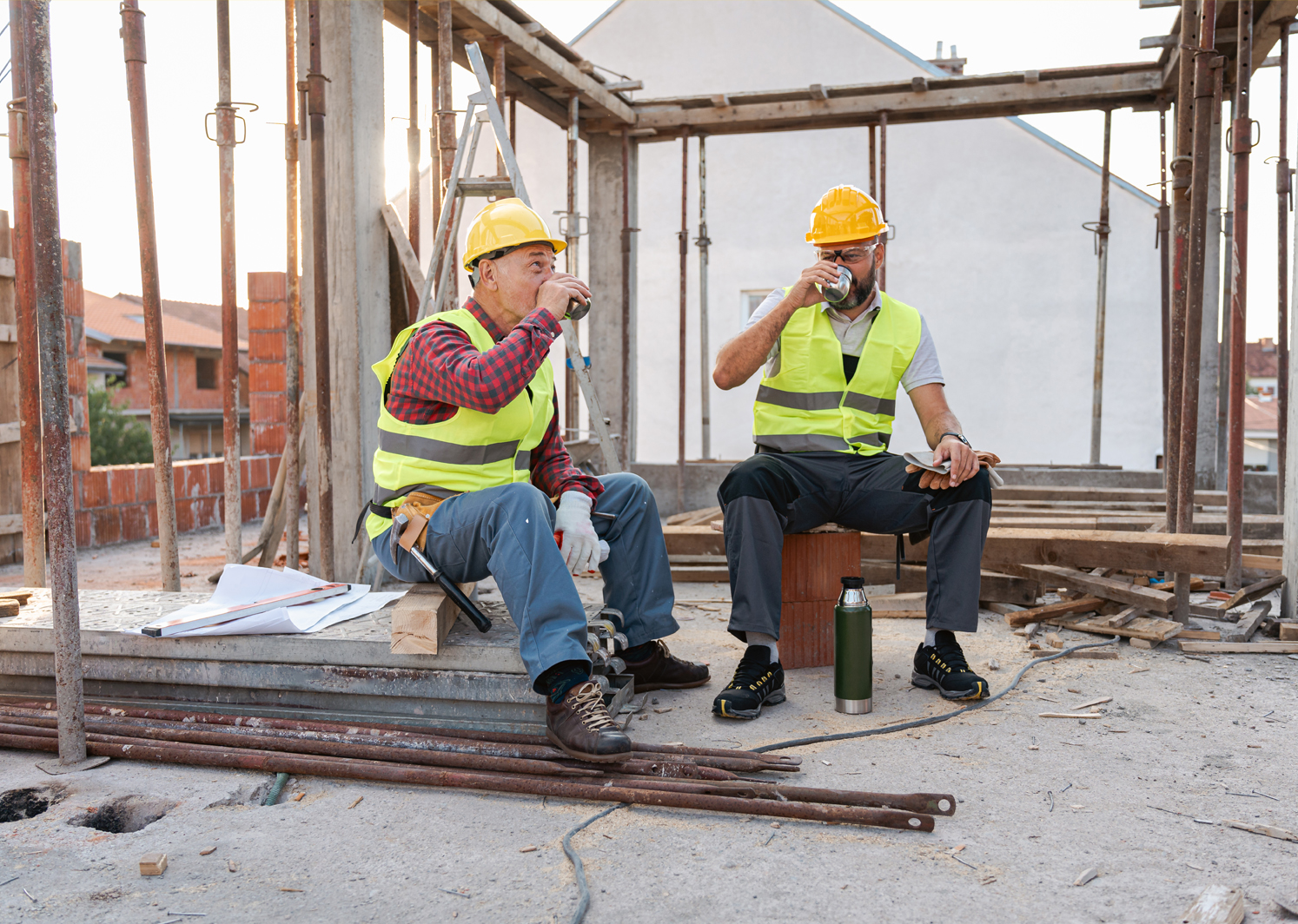The proposed STAA requirements focus on the concept of “inherently safer technology or design” for the covered processes under the RMP. This concept is holistic when conducting a hazard review or process hazard analysis for a covered process(es). EPA is proposing that covered processes consider: (1) minimizing the use of RMP‑regulated substances; (2) considering substitute substances that are less hazardous; (3) simplifying the covered process(es) to prevent an accidental release or its resulting impacts. It is important to note that the proposed STAA requirements would specifically apply to the “Petroleum and Coal Products Manufacturing” industries (North American Industrial Classification System [NAICS] Code 324) and the “Chemical Manufacturing” industries (NAICS Code 325) located within one mile of another RMP-regulated facility that also has a process classified under NAICS Code 324 or 325. In addition, RMP-regulated hydrofluoric acid (HF) alkylation processes located at “Petroleum and Coal Products Manufacturing” facilities classified under NAICS Code 324 are also subject to STAA requirements regardless of proximity to another NAICS 324- or 325-regulated facility. If a covered process is subject to the STAA requirements but determines that some or all recommendations for the deployment of safer technologies and alternatives are not feasible, then the facility owner must provide detailed written justification in the Risk Management Plan regarding why these measures will not be implemented and include this information in the Risk Management Plan that is submitted to the EPA per 40 CFR Part 68, Subpart G (§68.150-185).
Be Prepared to Meet New Requirements and Compliance Timelines
Changes to the Risk Management Program (RMP) regulations are anticipated to become final in August of this year. The proposed amendments to 40 CFR Part 68–known as the “Safer Communities by Chemical Accident Prevention” – will establish new accident prevention requirements and institute new information sources for communities surrounding. The proposed changes were released in August 2022 and final public comment was collected until October 31, 2022. Regulated companies should study the rule’s key provisions and timelines to ensure their impacted facilities remain compliant as the new requirements are set to go into effect.
Key Provisions of the Proposed Rule
EPA’s proposed amendments focus on incorporating or enhancing changes to the following RMP provisions:
The proposed rule strengthens the explicit demonstration of proper facility siting for covered process(es) within the facility boundaries. The facility siting requirements must be considered by facility management as part of a Prevention Program 2 covered process hazard review or a Prevention Program 3 process hazard analysis. The facility siting analysis would consider risk factors associated with the placement of a covered process(es), the associated equipment and the buildings within the facility. It would also consider the hazards posed by nearby facilities and the potential accidental release impacts and consequences to the nearby public and environmental receptors. In addition, the reviews must also include natural hazards (e.g., earthquakes, floods, tornadoes, hurricanes, etc.) and power loss as part of the analysis. If the results of the facility siting hazard evaluation and natural hazards/ power loss analysis results in recommendations that are not implemented by facility management, justification must be provided in the Risk Management Plan that is submitted to the EPA per 40 CFR Part 68, Subpart G (§68.150-185).
The proposed rule will require a root cause analysis for each incident that resulted in on-site deaths; injuries or significant property damage; or known offsite deaths, injuries, evacuations, sheltering in place, property damage or environmental damage. The root cause analysis must be performed for the covered process(es) using a recognized method (i.e., failure mode and effects analysis, fault tree analysis, 5 Whys [cause & effect], etc.) and completed within 12 months of the qualifying incident.
The proposed rule expands and specifies the actions associated with employee participation requirements. The facility management of a covered process is required to consult with employees and their representatives on addressing, correcting, resolving, documenting and implementing recommendations for the specific findings associated with hazard reviews, process hazard analyses, compliance audits and incident investigations. In addition, the facility management team must develop and implement a process to allow employees and their representatives to refuse to do a task, and to anonymously report unaddressed hazards that could lead to a catastrophic release, unreported RMP-reportable accidents or any other noncompliance event.
The proposed rule requires that responding facilities add greater detail to their plans and that non-responding RMP facilities work with the communities to ensure the development and implementation of detailed plans. The plans must include appropriate mechanisms to notify emergency responders when there is a need for a response, including providing timely data and information detailing the current understanding and best estimates of the nature of the release. In addition, non-responding RMP facilities must develop, implement and maintain procedures (typically working with emergency responders) for informing the public and the appropriate Federal, State and local emergency response agencies about accidental releases of RMP-regulated substances and ensure that a community notification system is in place to warn the public. The proposed rule will specify all RMP facilities must assure the plan includes covered chemical transportation routes, identification of local facilities that contribute to, or are subject to additional risk (hospitals, natural gas facilities, etc.), appropriate procedures for them and emergency medical personal to respond to releases and designation of a facility and community emergency coordinator to develop the aspects of an emergency response plan including response equipment available, evacuation plans, and training programs for responders and medical personnel and exercises.
The proposed rule requires that responding RMP facilities must conduct a field exercise at least once every 10 years unless the appropriate Federal, State and local emergency response agencies agree in writing that such frequency is impractical. If deemed impractical, the responding RMP facility must consult with emergency response officials to establish an alternate appropriate frequency for field exercises. The facility management must document each field and tabletop exercise by preparing an evaluation report within 90 days of the event. The written evaluation report must include a description of the exercise scenario(s), names and organizations of each participant, an evaluation of the exercise results (including lessons learned, recommendations for improvement or revisions to the emergency response exercise and emergency response programs) and a schedule to promptly address, document and resolve these recommendations.
The proposed rule requires that a third-party conduct a compliance audit if an RMP-regulated facility has two RMP-reportable accidents within five years, or one RMP-reportable accident within five years by a facility with a Prevention Program 3 covered process under NAICS code 324 or 325 within one mile of another RMP-regulated facility that also has a process classified under NAICS code 324 or 325. Further, the proposed rule requires an RMP-regulated facility to provide justification in the Risk Management Plan when third-party compliance audit recommendations are not implemented by the facility management. The third-party audit reports and schedule for implementation must be submitted to organizations audit committee of the Board of Directors.
The proposed rule has emphasized that the process (not just the equipment) be designed and maintained in compliance with RAGAGEP and document that compliance determination. The Program 3 PHAs must address any gaps between codes, standards and practices to which the process was designed and the most current versions.
Any member of the public residing within six miles of the facility requesting particular information must be provide that information in their requested language within 45 days. Information includes names of regulated substances, their Safety Data Sheets (SDSs), accident history information and specified details of the emergency response program (facility is responding or non-responding, name and phone of local coordinating response organizations, procedures for informing about a release, exercise schedules and LEPC Contact Information).
Be Prepared Before the Proposed Rules are Finalized
An RMP-regulated facility should identify which of these new provisions will apply and/or could apply if specific conditions occur and align these new provisions with the associated compliance timeline. Performing this important step early in the process will help the regulated facility plan, budget and execute the required activities before the due dates provided in the final rule. This point is especially important for facilities that may have not performed the detailed facility siting evaluation as envisioned by both EPA and OSHA. Evaluating and implementing the recommendations from the detailed facility siting evaluation may require significant time to perform at a given location noting the number of covered processes at a given RMP-regulated facility. Furthermore, facilities are interested in having more time to determine and plan which recommendations they will be implementing and which recommendations they will decline to implement and the associated justification.
Compliance Requirements and Timelines
The proposed rule has established timelines for applicable covered processes and RMP-regulated facilities to come into compliance:
- Reaffirm and/or expand on the explicit facility siting requirements (as part of the Stationary Source Siting Evaluation) for the initial or at least every five (5) year cycle of the hazard review (Prevention Program 2) or the process hazard analysis (Prevention Program 3) conducted for the RMP-regulated facility regarding all covered processes.
- EPA is emphasizing that the existing Stationary Source Siting Evaluation must be inclusive of the placement of processes, equipment, buildings and hazards posed by proximate facilities, and accidental release consequences posed by proximity to the public and public receptors. This requirement becomes applicable immediately upon promulgation of the rule.
- Understand the codes, standards and practices to which your covered processes were designed and how that may differ from the current RAGAGEP.
Within three (3) years of the effective date of the final rule:
- As applicable, implement the third-party audit provisions.
- As applicable, implement incident investigation root cause analysis provisions.
- Implement the safer technology and alternatives analysis provisions for only the “Petroleum and Coal Products Manufacturing” industries NAICS Code 324 and the “Chemical Manufacturing” industries NAICS Code 325 located within one mile of another RMP-regulated facility that also has a process classified under NAICS Code 324 or 325. Also, the STAA requirements if promulgated will apply to RMP-regulated hydrofluoric acid alkylation processes classified under NAICS Code 324 regardless of the distance to an RMP-regulated facility under NAICS Code 324 or 325.
- Implement the employee participation provisions.
- Implement the emergency response provisions.
- Implement the availability of information provisions.
- By March 15, 2027, or within 10 years of the date of an emergency response field exercise conducted between March 15, 2017, and August 31, 2022, conduct an emergency response field exercise.
Within four (4) years of the effective date of the final rule, comply with the Risk Management Plan provisions of Subpart G of 40 CFR Part 68. EPA will require that the Risk Management Plan include additional specific information related to Registration (§68.160) requirements and the Prevention Program requirements (§68.170 – Prevention Program 2 and §68.175 – Prevention Program 3, as applicable).
- Under the Registration (§68.160) requirements, EPA will require that the RMP-regulated facility include in the Risk Management Plan the method of communication and location of the notification that chemical hazard information is available to the public residing within six miles of the stationary source.
- Under the Prevention Program 2 (§68.170) requirements, EPA will require the RMP-regulated facility management to conduct process hazard reviews associated with natural hazards, power losses, and facility siting hazard evaluations. Also, EPA will require the RMP-regulated facility management who declined to implement any recommendations associated with natural hazards, power losses and facility siting hazard evaluations to justify why these recommendations were not being incorporated into the facility’s program.
- For the Prevention Program 3 (§68.175) requirements, EPA will require the RMP-regulated facility management to conduct process hazard analyses associated with natural hazards, power losses and facility siting hazard evaluations. Also, EPA will require the RMP-regulated facility management who declined to implement any recommendations associated with natural hazards, power losses and facility siting hazard evaluations to justify why these recommendations were not being incorporated into the facility’s program. In addition, Prevention Program 3 facilities will also be required to implement “recognized and generally accepted good engineering practices” into their process hazard analyses in order to identify any gaps between practices related to the facility’s design, maintenance, and operation and the most current version of the RAGAGEP. Recommendations that have been declined associated with any safety gaps between codes, standards, or practices to which the process was designed and constructed and the most current version of applicable codes, standards or practices must be justified why these recommendations were not being incorporated into the facility’s program.
TRC Can Help
TRC has compliance specialists and chemical engineers who can help prepare your RMP-regulated facility to conform to and comply with the requirements and obligations associated with this proposed rule change once it is finalized. We can assist with:
- Regulatory review of the changes and how they impact your existing RMP Program
- Evaluating the existing RMP Program and identifying what new requirements will need to be incorporated by the specified deadlines
- Assist with establishing specific scopes of work and related budget to address and implement the new requirements
- Performing Hazard Reviews and Process Hazard Analysis to incorporate natural hazards, power losses and facility siting evaluations for covered processes
- Conducting root cause analysis of accidents and incidents that led to on-site and off-site deaths, impacts, damage and injuries
For more information, contact our experts below.




